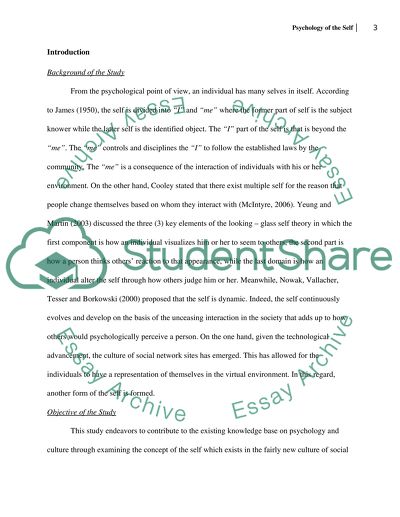Cite this document
(“Psychology of the Self and the Culture of Social Network Sites Term Paper”, n.d.)
Retrieved from https://studentshare.org/psychology/1400556-psychology-culture
Retrieved from https://studentshare.org/psychology/1400556-psychology-culture
(Psychology of the Self and the Culture of Social Network Sites Term Paper)
https://studentshare.org/psychology/1400556-psychology-culture.
https://studentshare.org/psychology/1400556-psychology-culture.
“Psychology of the Self and the Culture of Social Network Sites Term Paper”, n.d. https://studentshare.org/psychology/1400556-psychology-culture.


